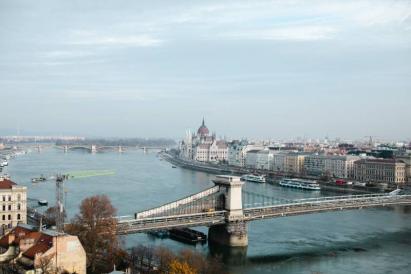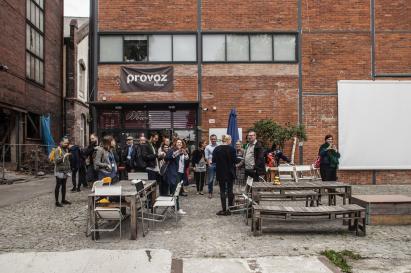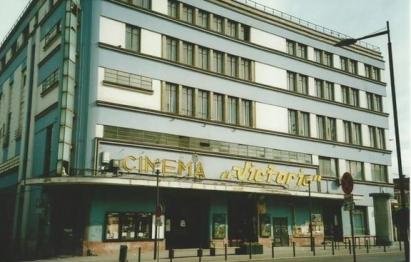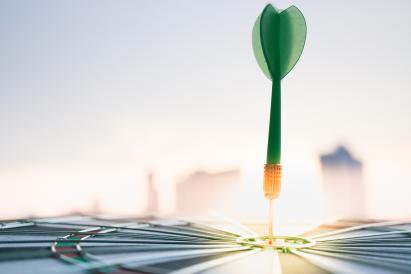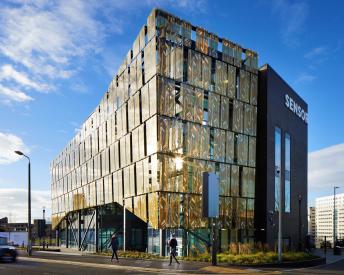"Best practice in Industry 4.0: Learnings from LCR4.0. Interview with Simon Reid"
Best practice in Industry 4.0: Learnings from LCR4.0. Interview with Simon Reid by Ceri Batchelder, Ad Hoc URBACT expert
Back in 2018, I was working on a project to try and bring together the digital and manufacturing communities in my region to collaborate. I’d heard that the city of Liverpool in the North West of the UK was making big strides in the area of Industry 4.0 and wanted to find out more. Along with a colleague, I was introduced to Simon Reid, then Head of Advanced Manufacturing, who was leading on an ERDF (European Regional Development Fund) funded project called LCR4.0 (Liverpool City Region 4.0).

